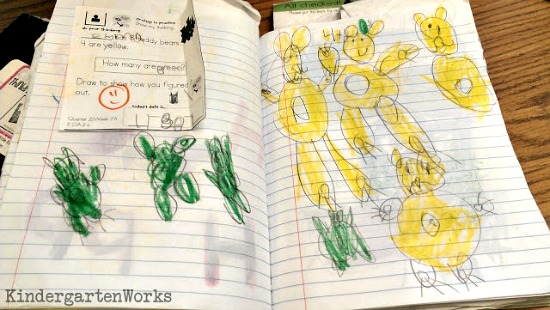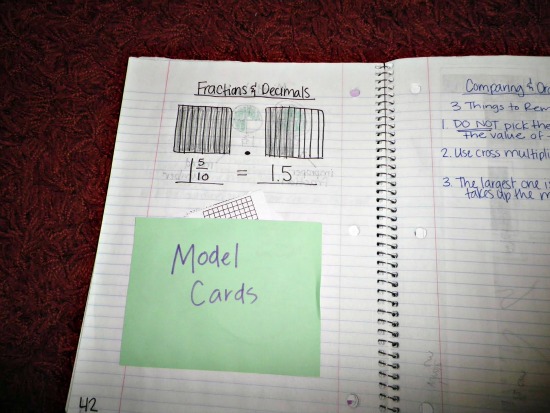Math journals are a very neat way for students to both get math practice and practice what we teachers always ask for, “show your work.” With so many great ideas on how to integrate math journals you may be wondering how to start or how to take this form of notebooking to the next level.
Here are a few examples of how to make math journals happen in your classroom no matter what Common Core standards you are working toward.
Math Journals
You can choose from a variety of materials. Some teachers like using composition notebooks, plain paper stapled together, binders or even regular notebooks. Consider what your objective is.
Do you want to be able to categorize materials so you might need a binder so you can insert dividers?
Do you want to use it as documentation for all year? If so, you’ll want to choose a sturdy binding like a composition notebook.

Once you know what you want to use them for – then you can choose the right materials.
Notebooking – How Often?
Should students use these journals to document and take notes as they are learning, processing and to record their thinking? Will they be doing this math work in groups or independently? Will they be used whole class?
Answering these questions will help you decide how often you can work them into your schedule.

Here’s an example of a kindergarten classroom that uses them twice a week because they work independently.

In Jen’s classroom, they use their math journals weekly as they are taking notes and adding definitions and connections at the fifth and sixth grade level.
Show Your Work
Students will get better at both explaining their thinking out loud and analyzing their own work when prompted by questions.
As teachers we want to see words, numbers and pictures from students to fully see how they can express their thinking. Here are 3 open ended questions that can help prompt students to analyze their process.
- What did you think or do first?
- What did you do next?
- How can you show that part with words (numbers, pictures)?
Students will improve at asking themselves these questions with practice. A good standard to expect (or work towards) is numbers and pictures regardless of grade level, and a sentence for each grade level.
Kindergarten students can use labels mid-year or even a full sentence by the end of the year. It’s your class, set the expectations clearly and with lots of modeling.

Want to start but not sure where to start? I’ll send you off to some “stretcher” journal pages (free download – primary level) that may get you thinking. Journals in any kind of collection be it binder, notebook or booklet can improve student understanding and give them lots of math practice.
Regular practice makes a difference and improves the questions students ask themselves as they solve and show their thinking. Have you ever tried math journals before?
Tell us your experiences!
More Math
- Place Value in Regrouping
- How to Make Math Journals Interactive
- DIY Foldable – Divisibility Rules
- Range Median Mode: 24 Quick, Free Activities and Resources
Leslie {aka the original Teach Junkie} loves learning new things to make teaching easier and more effective. She enjoys featuring creative classroom fun when she's not designing teacher shirts, making kindergarten lesson plans or planning her family's next trip to Disney World.